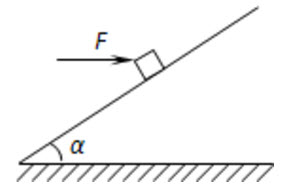Lichens may grow on the bark of a tree in a steaming tropical rain forest, on the bricks of big city buildings, on rocks in hot springs, on wind-swept mountaintops, and in the driest desserts. In the arctic, they provide the principal food for caribou, and they are one of the few plants that grow in Antarctica. They are pioneers, appearing in barren rocky areas and starting the formation of soil in which mosses, then ferns, and then other plants can take root.
Lichens are a partnership of two plants — fungi and algae. The lichen body is made up of a network of fungal strands. In the upper layers of these grow groups of algae. The two organisms live together to the benefit of both, a relationship known as symbiosis. The fungi provide support, absorb water, and shelter the tender algae from direct sunlight. The algae carry on photosynthesis and provide the fungi with food. The algae can live independently and are recognizable as a species that grows alone. The fungi, on the other hand, cannot live apart from their partners. They can be placed in known classes of fungi but are unlike any species that lives independently.
So definite are the form, color, and characteristics of these double organisms that for hundreds of years, they were classified as one. More than 15,000 "species" were named. If these organisms are classified as separate species, it is difficult to fit them into the existing system of classification. But if they are classified separately, these species of fungi seem rather strange. Lichens are a splendid example of the difficulties faced by taxonomists in classifying species.
Which of the following best expresses the main idea of Paragraph 2
A.Because of their characteristics as double organisms, it is difficult to classify lichens.
B.Over 15,000 varieties of lichens have been identified.
C.Double organisms should always be classified as separate species.
D.Taxonomists always find it difficult to classify new species of plants.
参考答案:A
解析: 主旨题型
见第二段第一句:Lichens是两种植物——fungi和algae的共同体,随后本段谈及两者间的互利共生的关系,其中一种无法独立生存,因此如将之分类将会十分困难;因此答案为A。

